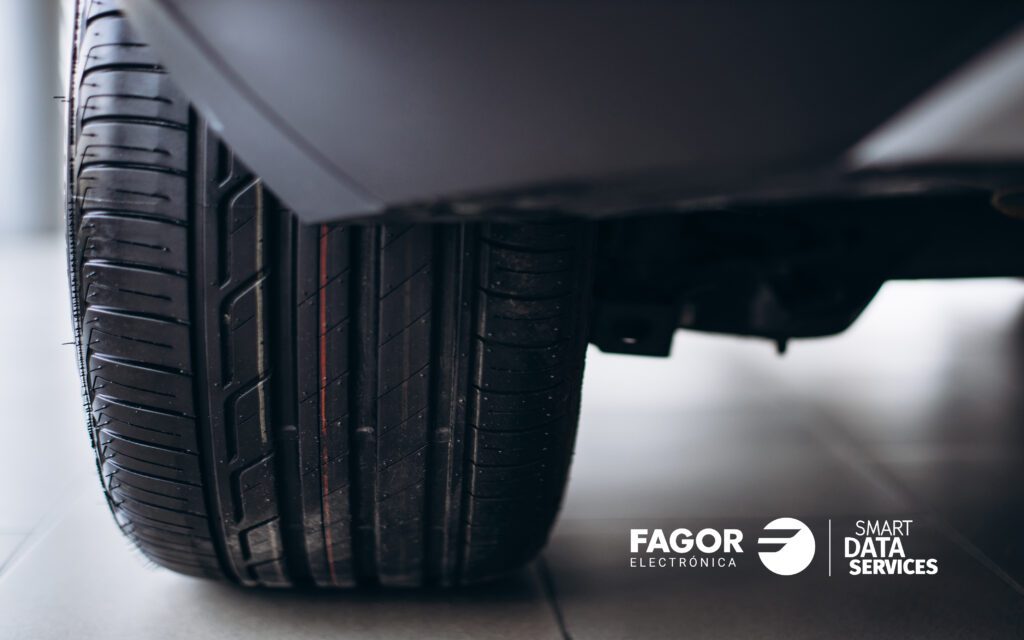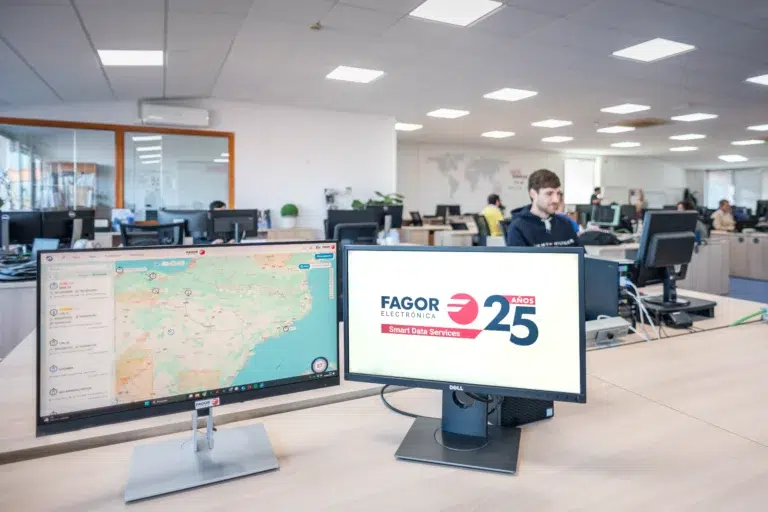An important aspect of keeping our vehicle fleet in the best possible condition, with all the advantages this brings, is the management of a truck´s tyres.
Maintenance of truck tyres
Good condition and proper maintenance of truck tyres, in addition to providing higher fuel consumption in vehicles, are essential to maintain driver safety levels. For this reason, keeping proper control over truck tyre maintenance saves costs in fleet management.
According to various cost studies, such as that of the Transport Cost Observatory, tyre costs represent between 5% and 6% of total costs. As mentioned above, the correct control, monitoring and management of maintenance has a direct impact on the bottom line.
Optimising tyre management is therefore a fundamental aspect of fleet management.
How to maintain truck tyres?
Here are some tips on how to maintain truck tyres
Driving style management
It is impossible to disassociate the driver as an important factor in fleet tyre management; not only because of the impact their daily driving practice can have, but also because they are the most vulnerable part of the equation and require a higher level of control.
As we said, driving style has a direct impact on tyre wear, fuel consumption, as well as on the wear and tear of vehicle parts. Controlling driving style is possible with a vehicle fleet manager, which makes it possible to monitor driving style, as well as generate reports and alerts on each driver. These reports make it possible to detect abrupt driving or speeding, which have a direct impact on cost control.
Correct tyre management
In the same way that the fleet manager can monitor driving styles, it can also obtain very precise data on the tyre situation, with a special focus on tyre pressure. This enables better maintenance of truck tyres.
Maintaining the correct tyre pressure is essential for efficient cost management; a reduction in pressure increases the tyre´s rolling area on the road, requiring more power to maintain speed and consequently increasing fuel consumption.
But pressure should not only be checked if the tyre pressure is below the set limits; if the pressure is above the set limits, the vehicle will “bounce” excessively, creating more wear on areas such as the suspension.
Establishing alerts on pressure levels, together with the establishment of other maintenance alerts by mileage, are parts that, added to all the above, are essential tools for generating real cost savings in the management of vehicle fleets.



